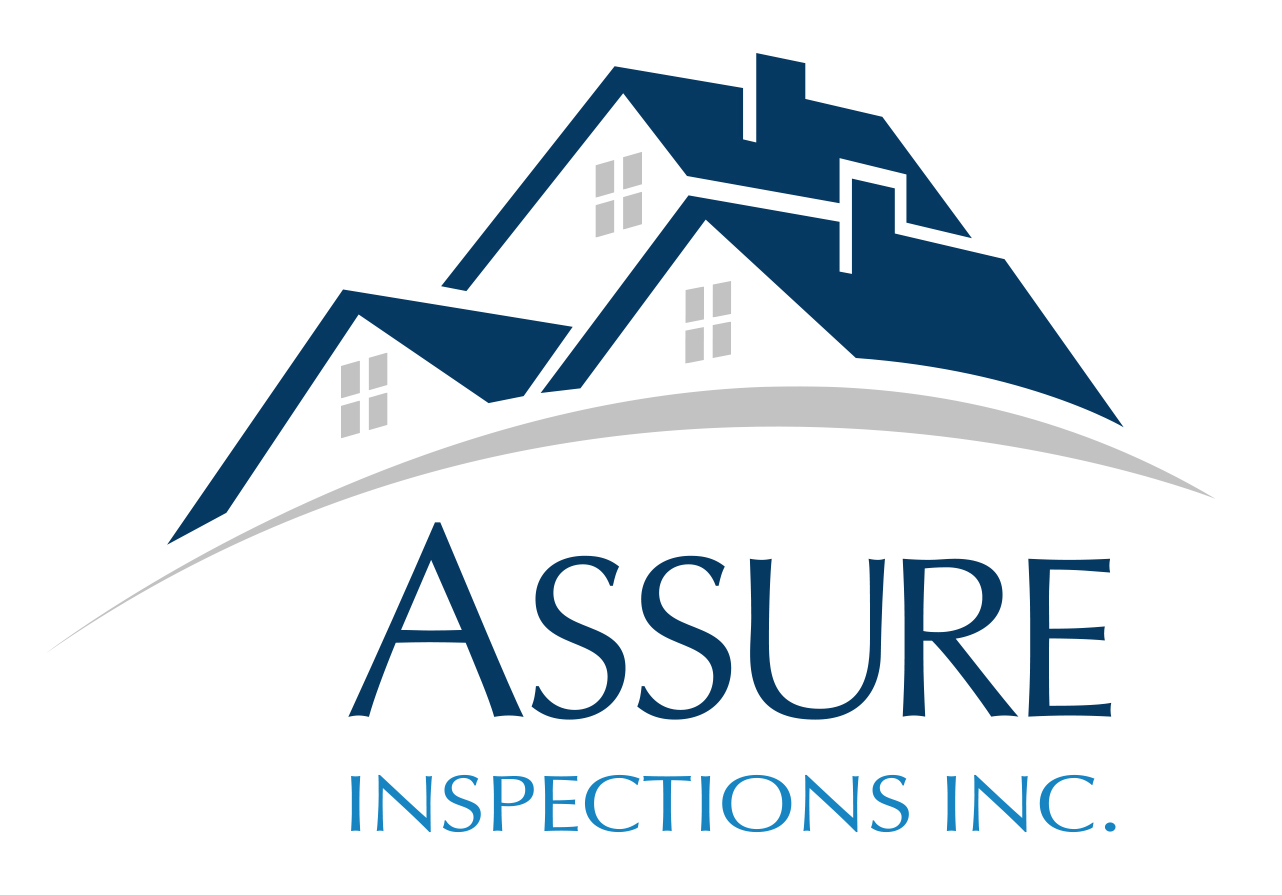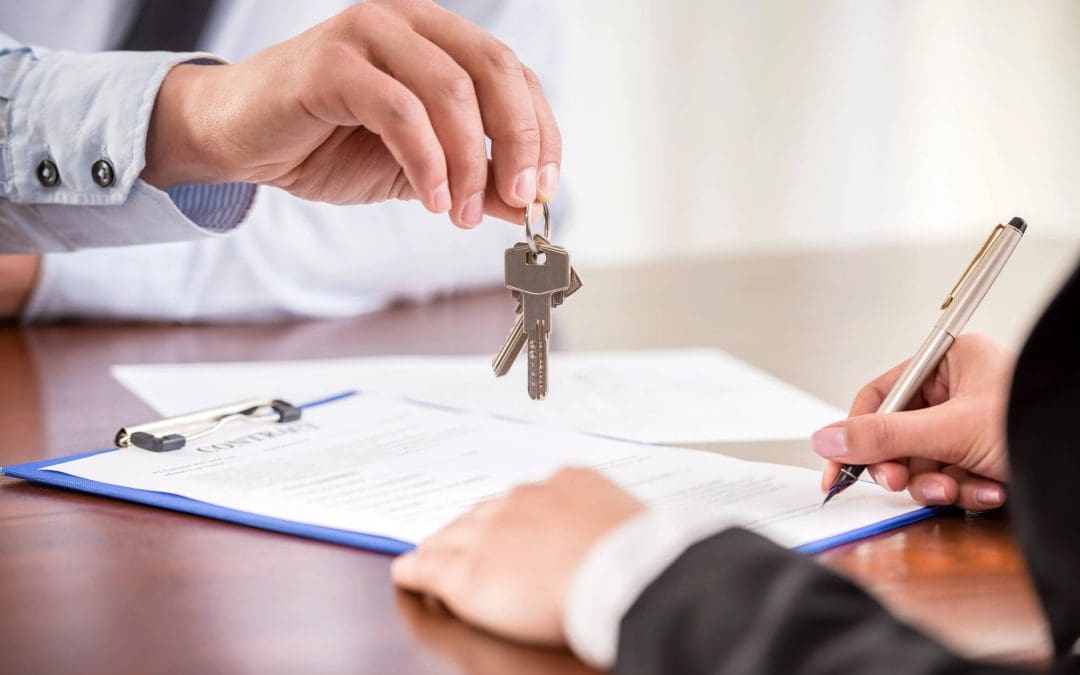Buying a home is one of the biggest decisions you’ll ever make, and unless you’re sitting on a pile of cash, you’re going to need a home loan to do it. Getting a mortgage might sound like a complicated process, but once you understand the steps, it’s not nearly as intimidating. Let’s break it down and walk through how to secure a home loan in a way that makes sense.
Know What You Can Afford
Before you even think about filling out a loan application, take an honest look at your finances. Lenders will do this too, but it helps to know your own limits first. Take into account your income, your monthly expenses, any debt you’re carrying, and how much you’ve saved for a down payment. This gives you a realistic idea of what kind of mortgage payment you can handle without stretching yourself too thin.
There are plenty of online calculators that can help with this, but don’t forget to factor in the other costs of owning a home—like property taxes, insurance, and maintenance.
Check Your Credit Score Before You Try to Secure a Home Loan
Your credit score plays a big role in what kind of loan you’ll qualify for and what interest rate you’ll get. A higher score usually means a better rate, which saves you money over the life of your loan. You’re entitled to a free credit report every year from each of the three major credit bureaus—Equifax, Experian, and TransUnion—so it’s smart to check yours before you apply.
If your score could use a boost, pay down high credit card balances, make payments on time, and avoid opening new credit lines right before applying for your mortgage.
Get Pre-Approved
This is where things start to feel real. A pre-approval means a lender has looked at your finances and given you an estimate of how much they’re willing to lend you. This is different from a pre-qualification, which is more of a rough idea based on unverified information.
Getting pre-approved shows sellers you’re serious and helps you shop with confidence. To get pre-approved, you’ll need to provide documents like pay stubs, W-2s, bank statements, and maybe tax returns. It’s a little paperwork up front, but it gives you a clear picture of your buying power.
Shop Around for the Right Lender
Not all mortgage lenders are created equal. Some offer better rates, lower fees, or more flexible terms. It pays to compare. Talk to your bank, credit unions, online lenders, and even mortgage brokers who can shop around for you. Ask about interest rates, closing costs, loan terms, and what kind of customer service they provide.
Also, don’t feel locked into the first offer you get. Even a slightly lower interest rate can make a big difference over time, so it’s worth negotiating or shopping around a little more if the terms don’t feel right.
Understand Your Loan Options
There are a few different types of home loans, and the right one depends on your financial situation and goals. Conventional loans are the most common, but if you’re a first-time buyer or have a smaller down payment, an FHA loan might make sense. Veterans might qualify for a VA loan, which can come with zero down payment and other perks.
Make sure you understand the terms of the loan—fixed vs. adjustable rates, the length of the loan, and whether there are any penalties or hidden fees.
Don’t Make Major Financial Changes While Trying to Secure a Home Loan
Once you’ve applied for a mortgage, try to keep your financial situation steady until you close on your home. That means no big purchases, no new credit cards, and no switching jobs if you can avoid it. Lenders will recheck your credit and employment status before closing, and any big changes could put your loan at risk.
Final Approval and Closing
Once the lender finishes their review and everything checks out, you’ll get the final approval. From there, you’ll move to the closing stage, where you’ll sign a mountain of paperwork, pay your closing costs, and officially become a homeowner. Make sure to read everything carefully, and don’t be afraid to ask questions if something doesn’t make sense.
FAQs on How to Secure a Home Loan
Do I need a 20% down payment to get a home loan?
Not necessarily. While 20% can help you avoid private mortgage insurance (PMI), there are many loan programs that allow for much smaller down payments—even as low as 3% in some cases.
How long does it take to get a home loan?
The process usually takes 30 to 45 days from pre-approval to closing. However, it can be shorter or longer depending on how quickly documents are submitted and how busy the lender is.
Can I get a home loan with bad credit?
It’s possible, but it might come with higher interest rates and fewer options. You might qualify for an FHA loan or need to work with a lender who specializes in helping buyers with lower credit scores.
What’s the difference between pre-approval and pre-qualification?
Pre-qualification is an estimate based on self-reported information. Pre-approval is more serious—it means the lender has reviewed your documents and is conditionally offering you a loan.
Should I get a fixed-rate or adjustable-rate mortgage?
Fixed-rate loans offer consistent payments over time, while adjustable-rate mortgages (ARMs) usually start lower but can change. If you plan to stay in the home long-term, a fixed rate might be safer. If you’re planning a short stay, an ARM could save you money upfront.
Assure Inspections Inc. offers home inspection services in the Chicago area. If you’re buying or selling a home, contact us to request an appointment.

